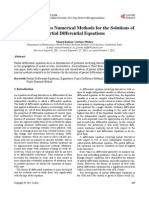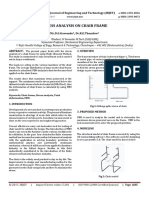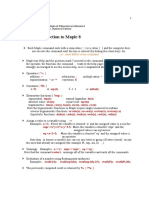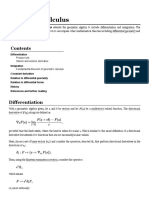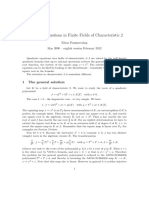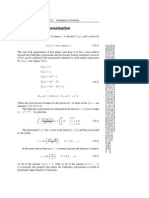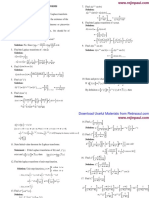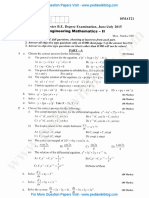0% found this document useful (0 votes)
60 views28 pagesNumerical Methods
The document discusses numerical methods for solving partial differential equations like the heat equation, wave equation, and Laplace's equation using finite difference methods. It explains concepts like finite difference approximations, discretization, and solving the resulting systems of equations. Code examples for solving the 1D versions of each PDE using MATLAB are also provided.
Uploaded by
sherifCopyright
© © All Rights Reserved
We take content rights seriously. If you suspect this is your content, claim it here.
Available Formats
Download as PDF, TXT or read online on Scribd
0% found this document useful (0 votes)
60 views28 pagesNumerical Methods
The document discusses numerical methods for solving partial differential equations like the heat equation, wave equation, and Laplace's equation using finite difference methods. It explains concepts like finite difference approximations, discretization, and solving the resulting systems of equations. Code examples for solving the 1D versions of each PDE using MATLAB are also provided.
Uploaded by
sherifCopyright
© © All Rights Reserved
We take content rights seriously. If you suspect this is your content, claim it here.
Available Formats
Download as PDF, TXT or read online on Scribd
/ 28



